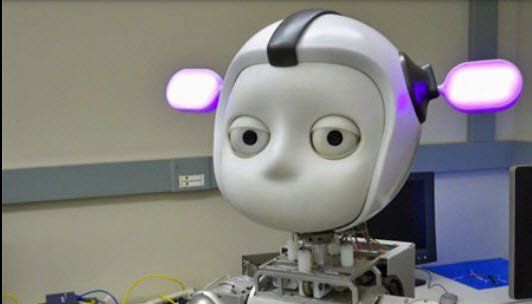Feb 15, 2016
Scientists Warn that Robots and Artificial Intelligence Could Eliminate Work
Posted by Aleksandar Vukovic in categories: employment, robotics/AI, sex, transportation
“We need to start thinking very seriously—what will humans do when machines can do almost everything?” Vardi said. “We have to redefine the meaning of good life without work.”
And increase inequality.
Robots and artificial intelligence have long posed a threat to humans’ jobs, but a group of scientists on Sunday issued an especially dire warning about the impact of such machines.
Continue reading “Scientists Warn that Robots and Artificial Intelligence Could Eliminate Work” »
















